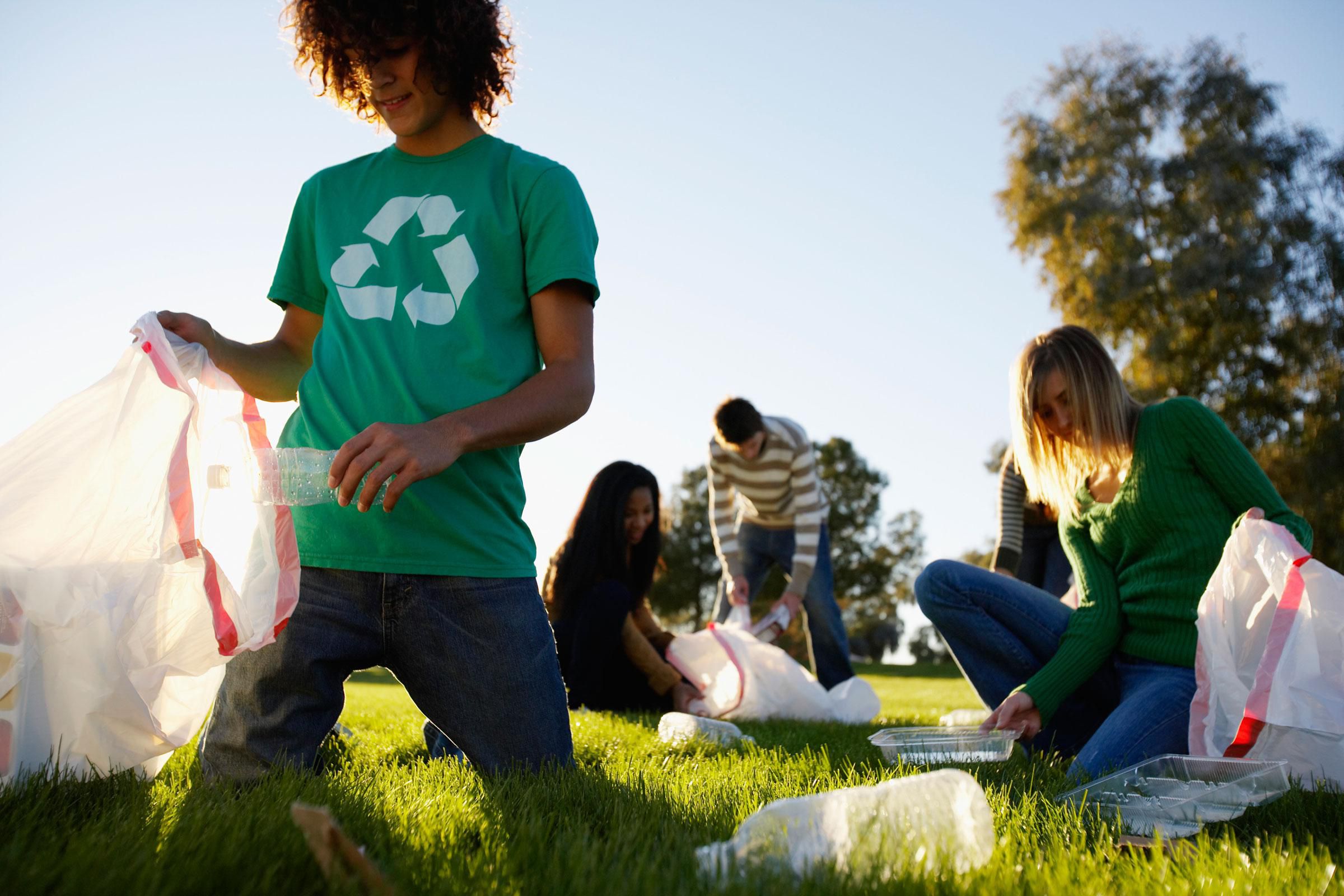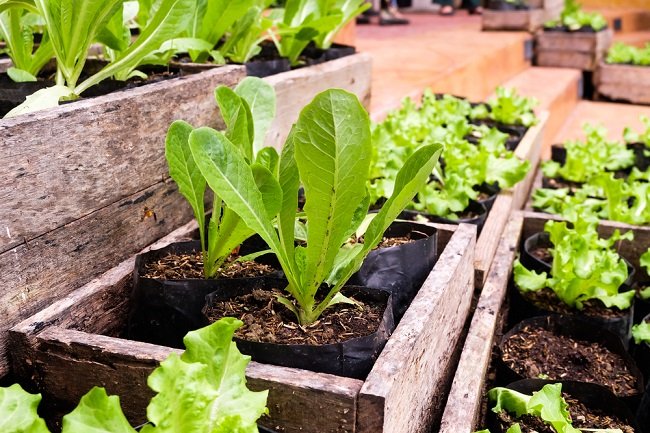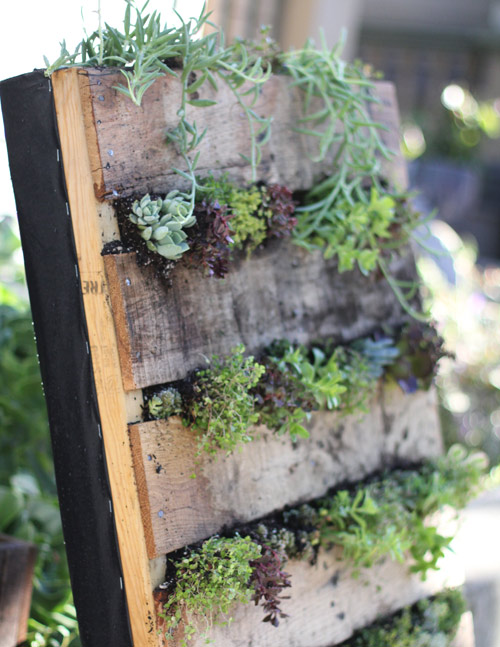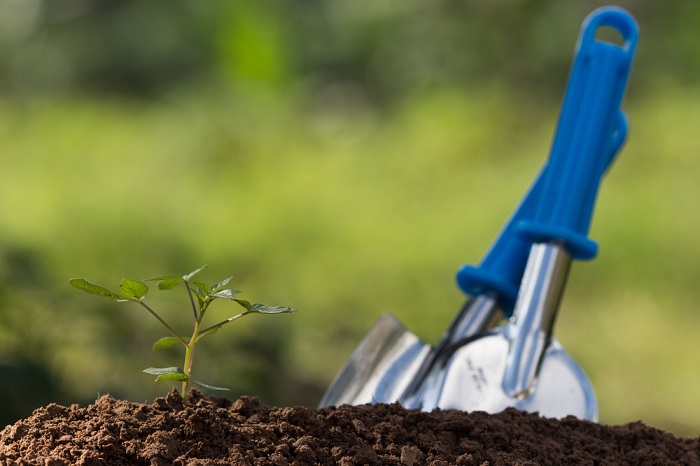This is a propoo manage your resources and conserve the environment. We share with you the presale that we consider of great value to raise awareness. There are places on the planet where our garbage is forming “garbage islands” that can be seen from space. That a high percentage of our garbage and waste can be REDUCED – REUSE AND RECYCLE, reducing the environmental impact, helping to better manage the exhaustible reserves of the Planet (materials and energy) and generating fewer polluting gases, including CO2.

Follow the 3-Rs formula, in their order:
Reduce – Reuse and Recycle.
This is a music video, very catchy by the way, where it is intended to educate children in the ecological sense.
If we reduce garbage, we reduce landfills and therefore we will generate less CO2 into the atmosphere, reducing the impact on the environment. If we reuse, we extend the useful life of many items, making better use of the investment in raw materials and energy used in them. If we recycle, many materials return to the production chain as raw material, saving on the consumption of new resources, that is, we will be better managing the planet’s reserves.
REDUCE – Garbage
If we reduce the problem of garbage, we reduce the impact on the environment. “If I buy and consume a lot, more garbage I generate and more waste I produce”
Consume in a rational way…
- It helps conserve natural resources
- Reduces air and water pollution.
- Reduces waste, and…
- Lower costs in the process of collection and final destination of waste.
The reduction can be done in 2 levels: reduction of the consumption of goods or energy. In fact, energy production currently produces numerous wastes (nuclear waste, carbon dioxide, etc.).
This is the Goal:
Reduce or eliminate the amount of materials intended for a single use (for example, packaging). Adapt the appliances according to your needs (for example, put washing machines and dishwashers full and not half load).
- Reduce energy or resource losses: water, disconnect electrical appliances in stand-by, efficient driving, disconnect transformers, etc.
- Reducing the emission of polluting, harmful or toxic gases will prevent animal or plant poisoning in the environment if it reaches non-harmful levels.
European countries work with an important policy of reduction, and with the motto: Garbage is food ‘(for the earth) ”they produce products without pollutants (100% biodegradable), so that when their useful life ends, they have no impact on the environment , or it is as small as possible.
REUSE – Materials
(Reuse) “If you reuse objects, less garbage you produce and fewer resources you spend.” Give things the maximum use, without the need to destroy or get rid of them. Many materials can be useful for other things by extending their “useful life”. Second most important er, also because it also reduces impact on the environment, indirectly. This is based on reusing an object to give it a second useful life. All materials or goods can have more than one useful life, either repairing them for the same use or imaginatively for a different use.
Examples: Use the other side of the printed sheets. Fill bottles.
RECYCLE – Materials
(Sort them to use them several times).
It is to separate the different types of garbage. It consists of using materials over and over again, to make new products and in this way, we reduce and spend less exhaustible natural resources. We can separate:
- Plastic.
- Paper.
- Aluminum cans
- Metals.
- Glass.
- Organic material.
This is the most popular “R” because the current consumer system has preferred to use containers made of recyclable materials (plastics and bricks, above all). For example: Glass and most plastics can be recycled by heating them until they melt, and reshaping them. It’s like using something from your principle. In the case of glass in particular, the recycling cycle is infinite: from one bottle you get another bottle.








